

The future of welding technology holds immense potential for transforming the industry. By embracing these advancements, welders can enhance their skills, improve productivity, and unlock new possibilities in the welding field. As advances continue, professionals must stay updated with the latest trends and innovations. we want you to discover the future of welding technology, including advancements in laser welding, robotics, digitalization, and green practices. Embrace innovation, collaborate, and continuously learn to thrive in the evolving industry. Stay ahead with crucial insights from this comprehensive article.
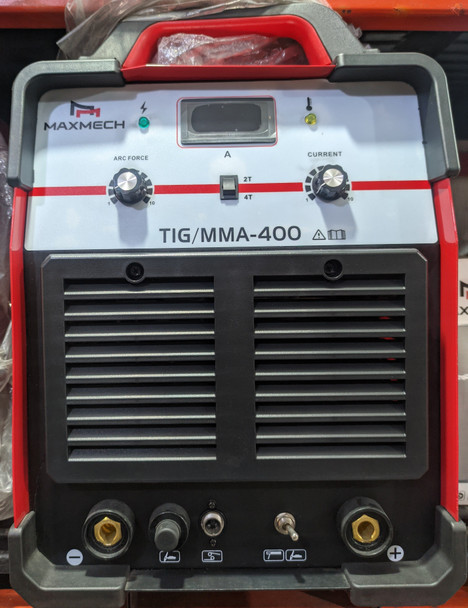
Buy Online Maxmech Inverter Welding Machine TIG/MMA-400
In recent years, several groundbreaking technologies have emerged, revolutionizing the world of welding. Laser welding, robotic welding, 3D printing in welding, more advanced and efficient inverter welders hybrid welding techniques are among the key advancements shaping the future. Laser welding has gained prominence for its precision and ability to join complex materials. This technology offers minimal distortion, high welding speeds, and the ability to weld dissimilar materials seamlessly. Laser welding, where LASER stands for Light Amplification by Stimulated Emission of Radiation, is a fusion welding process in which metals or thermoplastics are joined using a focused laser beam. It is an advanced soldering process, and has applications in various industries, from aerospace and medical equipment to the production of fine jewellery
Robotic welding systems have grown significantly, empowering companies to achieve higher productivity, quality, and cost-effectiveness. These systems offer increased precision, consistency, and the ability to handle complex welding tasks easily.
Automation and robotics play pivotal role in the future of welding. Robotic welding systems and advancements in artificial intelligence (AI) and machine learning (ML) are transforming the welding industry.
Robotic welding systems offer numerous advantages, including improved precision, enhanced productivity, and cost-effectiveness. These systems can accurately handle repetitive tasks, resulting in consistent weld quality. Integrating AI and ML enables robots to learn and adapt, enhancing their capabilities and efficiency. The implications of automation and robotics in welding are vast. Companies embracing these technologies can streamline operations, reduce production time, and allocate resources more efficiently. Welders also benefit from increased job safety, as robots can handle hazardous tasks.
The future of welding technology is bright, driven by advancements, trends, and the integration of automation and robotics. Laser welding, robotic systems, and the incorporation of AI and ML are transforming the welding industry. Staying updated with these developments and embracing emerging technologies will be crucial for professionals and companies to thrive in the evolving landscape. By leveraging the potential of these innovations, welders can enhance their skills, improve productivity, and deliver exceptional results in diverse applications.
In the digital transformation era, welding processes are also evolving with the integration of digitalization and connectivity. The impact of these advancements is significant, revolutionizing workflows and enhancing efficiency in welding operations.
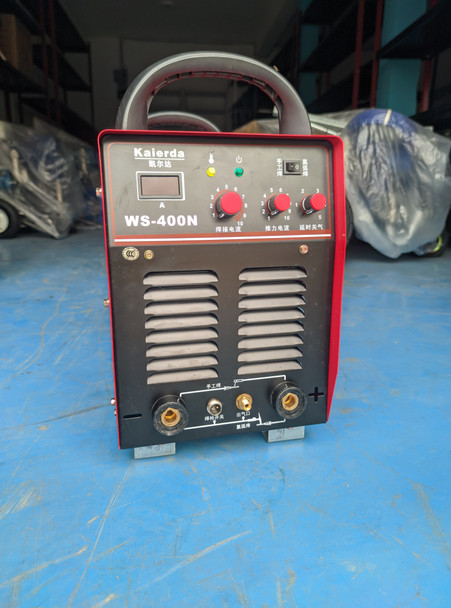
Buy Online Kaierda Tig Welding machine WS400N
Digitalization in welding has revolutionized traditional welding processes, introducing digital tools and software for designing, planning, and simulating welding projects. This shift towards digitalization has significantly enhanced accuracy, efficiency and reduced the need for rework in the welding industry. By leveraging digital tools and software, welders can achieve precise alignment, joint fit-up, and overall quality, improving productivity and cost-effectiveness. With digitalization in welding, the industry has experienced a transformative shift towards more streamlined and efficient workflows, ultimately leading to higher-quality welds and improved project outcomes.
The application of IoT devices and sensors in welding equipment and machinery enables real-time data collection and monitoring throughout welding operations. This integration offers several advantages, including predictive maintenance, remote diagnostics, and proactive troubleshooting. IoT devices continuously collect sensor data, providing valuable insights into the welding process. These insights allow for predictive maintenance, where potential equipment issues can be identified and addressed before they cause significant problems. Remote diagnostics enable quick troubleshooting and issue resolution from a centralized location, reducing downtime and optimizing productivity. Furthermore, proactive troubleshooting based on real-time data minimizes the risk of errors, enhances safety, and ensures seamless welding operations. By leveraging IoT devices and sensors, the welding industry achieves greater efficiency and effectiveness in its processes.
In an era of increasing environmental consciousness, sustainability and green practices have become crucial considerations in the welding industry. Green welding technologies focus on reducing environmental impact while maintaining high-quality welds.
The importance of sustainability in welding practices cannot be overstated. It encompasses adopting energy-efficient processes that minimize carbon emissions and reduce the overall environmental impact of welding operations. This includes utilizing pulsed welding and low-heat input methods, commonly called green welding technologies. These approaches optimize energy consumption, reducing energy waste and enhancing sustainability. Additionally, recycling initiatives play a vital role in promoting sustainability in welding. The industry has recognized the importance of efficiently managing welding materials and waste.
Recycling programs aim to minimize the environmental footprint by repurposing and reusing materials wherever possible. This not only reduces waste but also conserves valuable resources. Moreover, welding professionals are increasingly opting for environmentally friendly materials and consumables. These materials are sourced from sustainable and renewable sources, minimizing the environmental impact of their production and disposal. By consciously selecting greener options, welders contribute to sustainable practices throughout the welding process. Furthermore, welding plays a significant role in supporting renewable energy projects.
Fabricating and installing renewable energy infrastructure, such as wind turbines and solar panels, heavily rely on welding expertise. By actively participating in these projects, the welding industry aids in the transition to cleaner energy sources and reduces dependence on fossil fuels. Emphasizing sustainability in welding practices is essential for environmental stewardship and aligns with global efforts to combat climate change. By implementing energy-efficient processes, promoting recycling initiatives, utilizing environmentally friendly materials, and supporting renewable energy projects, the welding industry demonstrates its commitment to a greener future.
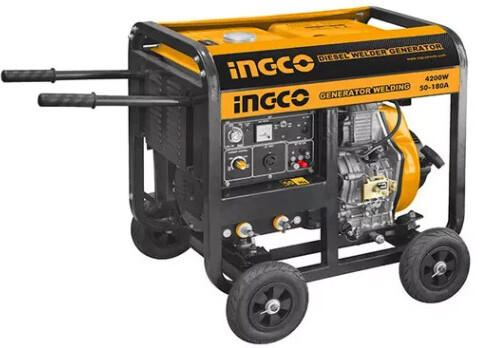
Buy Online Ingco Diesel Welder generator GDW65001
As welding technology continues to advance, the skills and training required by professionals must also adapt. The future demands a versatile and continuously learning workforce to harness the potential of new welding technologies.
As welding technology evolves, so do the skill sets required to excel in this dynamic field. The future of welding technology demands a comprehensive understanding of emerging trends and the ability to adapt to new tools and techniques. Mastery of digital tools, automation, and robotics has become increasingly crucial for welders aiming to stay competitive. Addressing the changing skill requirements in the future of welding technology, welders must develop proficiency in utilizing digital tools, such as CAD software and simulation programs. These tools enable precise planning, design visualization, and virtual simulations, enhancing welding projects' accuracy and efficiency. Additionally, automation and robotics play an ever-growing role in the welding industry. Welders must possess a solid understanding of robotic welding systems, their programming, and their operation. This proficiency allows for seamless collaboration between human welders and robotic systems, improving productivity and precision. Adaptability, problem-solving, and continuous learning are crucial traits for welders venturing into the future of welding technology. Practical problem-solving skills enable welders to overcome challenges and optimize welding techniques, improving outcomes. Adapting to new technologies, processes, and industry demands ensures welders can thrive in this ever-evolving landscape. Furthermore, continuous learning and professional development are essential for welders to stay updated with technological advancements. Engaging in training programs, certifications, and workshops and leveraging online platforms for learning are effective ways to acquire new knowledge and skills. Highlighting the significance of staying updated with technological advancements, welders can access various training programs and certifications to upskill themselves. These programs cover various aspects of welding technology, including advanced welding processes, automation, and robotics. Industry resources, workshops, and online platforms serve as valuable tools for professional development. These resources provide access to the latest industry insights, best practices, and emerging trends, empowering welders to remain at the forefront of the field. In the dynamic landscape of welding technology, welders equipped with evolving skill sets, adaptability, and a dedication to continuous learning will thrive. By embracing digital tools, automation, and robotics, actively participating in training programs, and staying updated with technological advancements, welders position themselves for success in the future of welding technology.
The future of welding technology brings about significant implications for industries and professionals. Understanding these implications is essential for companies and individuals looking to leverage the benefits and address challenges effectively. By understanding and embracing the future of welding technology, companies, and professionals can unlock new possibilities, enhance sustainability, and drive success in the ever-evolving welding industry. Continuous learning, upskilling, and a forward-thinking mindset are crucial to thriving in this transformative landscape.
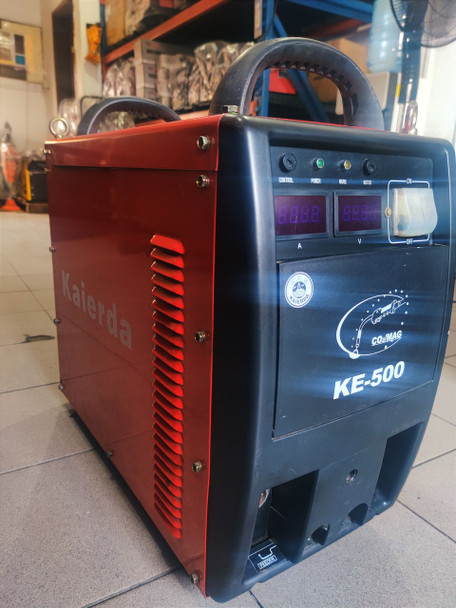
Buy Online Kaierda Gas-Shielded Welding Machine CO2/MAG KE-500
The future of welding technology holds immense potential for revolutionizing the industry. As we have explored the advancements, trends, and implications, it becomes clear that staying proactive and embracing technological advances are essential for success.
Summarizing the key points discussed:
To thrive in the evolving welding industry, companies and professionals must foster a culture of collaboration, innovation, and continuous learning. Embracing the future of welding technology means actively seeking opportunities to leverage advancements, staying updated with industry trends, and exploring new possibilities.
By collaborating with technology providers, investing in training and upskilling, and fostering an environment of innovation, companies, and professionals can position themselves at the forefront of the welding industry. In this transformative era, the future belongs to those willing to adapt, evolve, and explore the full potential of welding technology. Embrace the opportunities that the future holds, and together, let us shape the future of welding for a more efficient, sustainable, and innovative industry.
Contact us for welding products, welding and fabrication services in Nigeria we offer cost-free quotations
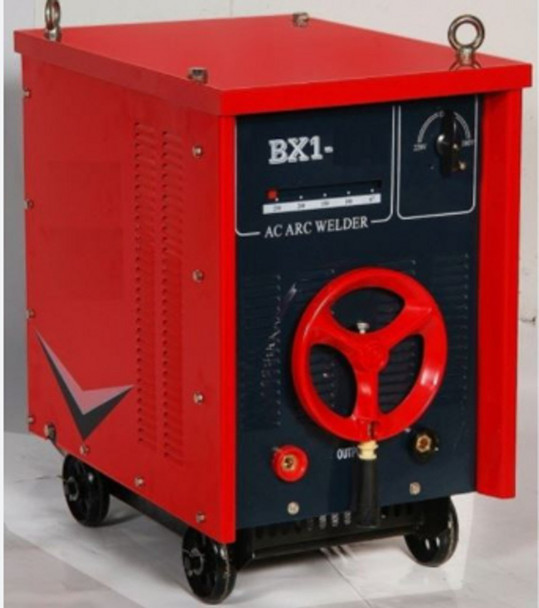
Buy Online Kaierda Arc welding machine BX1-215